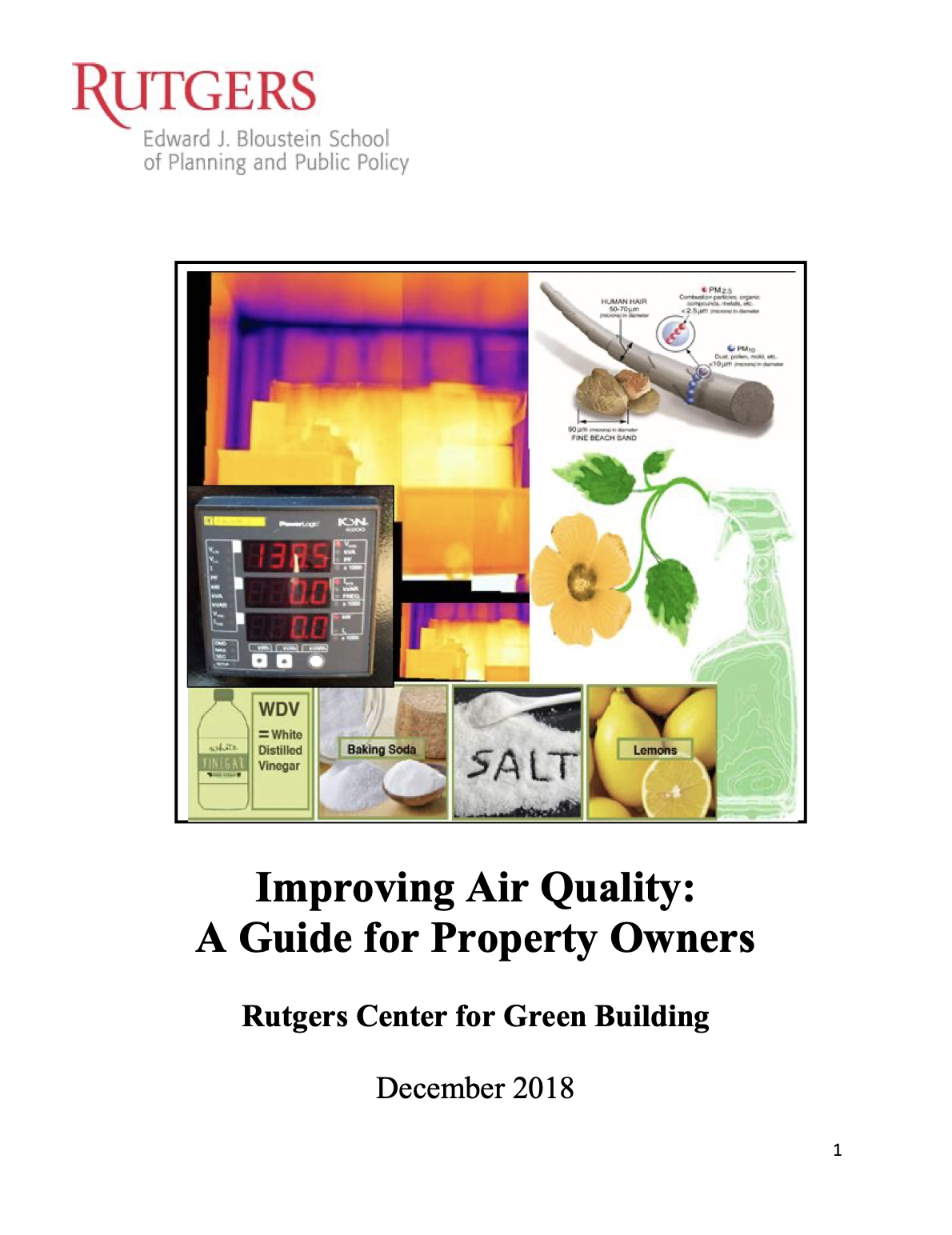Ensuring good air quality is essential to creating living environments that support healthy, comfortable and productive building occupants. Improving air quality need not be a major financial burden for either property owners or tenants, and the benefits of ensuring good air quality outweigh costs. The success of air quality improvement initiatives, however, does sometimes require extensive coordination between property owners and tenants. This guide provides an overview of air improvement strategies that fall within the purview of property owners and managers. Moreover, the guide places greater emphasis on air quality improvement strategies that double as effective heatwave resiliency measures.
Source control and ventilation are the two major strategies for controlling indoor air quality. While both components are important for maintaining a high level of air quality, careful source control is ‘doubly effective’ because it reduces the need for frequent and potentially inconvenient ventilation strategies. Heatwave prevention and preparedness refers to strategies that help to minimize the urban heat island effect and that help to make buildings and occupants more resilient to the impacts of rising temperatures associated with climate change such as increased energy demands that result in higher air conditioning costs, increased greenhouse gas emissions and air pollution, more frequent power outages, and increased risk of heat-related illnesses.
